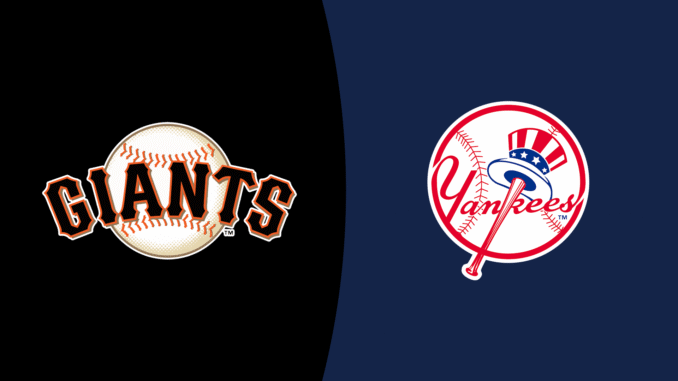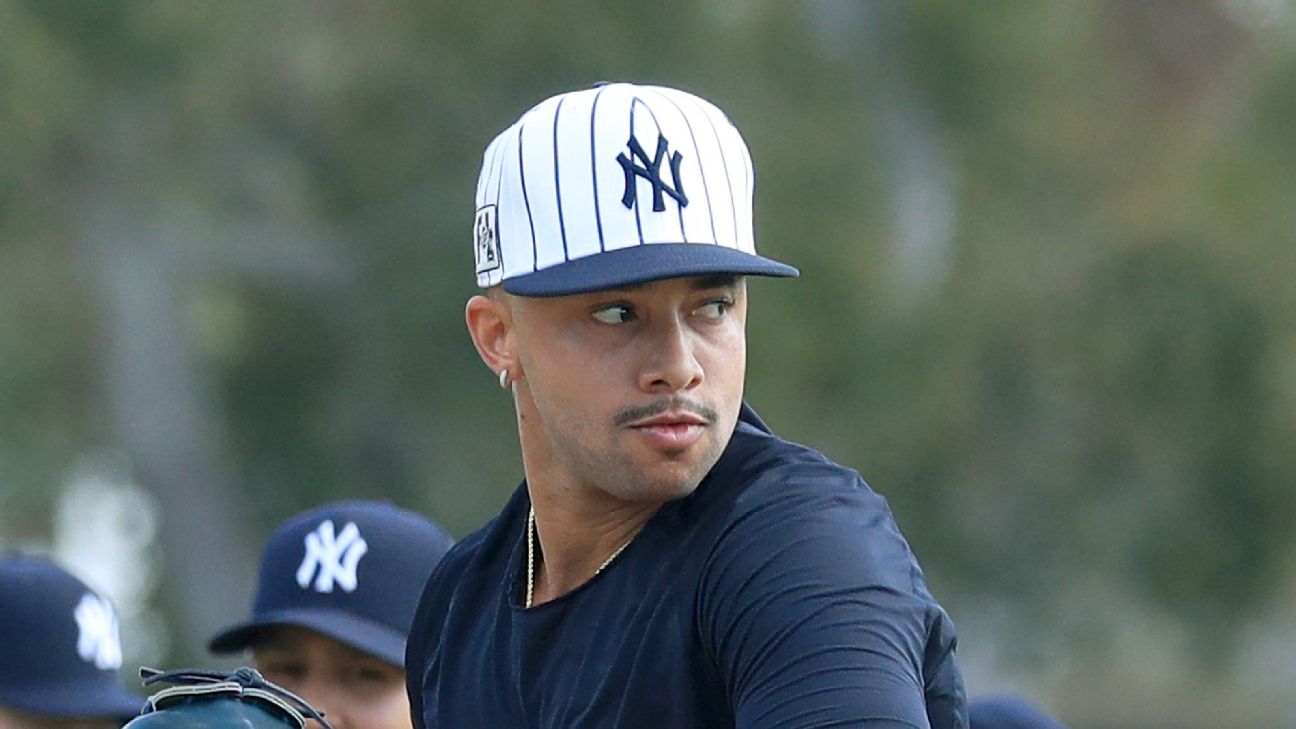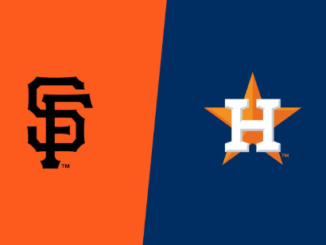
As the offseason approaches, the San Francisco Giants find themselves entering a critical period of evaluation and roster reconstruction. The organization knows that to contend in the upcoming season, they will need more than just incremental improvements—they must directly address some notable weaknesses that emerged during the previous campaign.
Among those shortcomings, none stands out more than their lack of reliable, high-leverage bullpen options. For a franchise that historically built competitive teams around consistent and dependable relief pitching, particularly in the late 2010s and early 2020s, this shortage represents a major obstacle that cannot be ignored.
The problem became more pronounced as the season progressed. Leading up to the trade deadline, the Giants began reshaping their roster, and in doing so, parted ways with several prominent members of their bullpen. Camilo Doval, Tyler Rogers, and Jordan Hicks—all of whom had spent significant time working meaningful late-inning assignments—were dealt to other clubs.

Each of these pitchers, in their own way, had formed part of the backbone of the bullpen. Doval was known for his electric fastball and emotional intensity, Rogers for his unique sidearm delivery and ability to induce ground balls in tight spots, and Hicks for his triple-digit heat and versatility as both a starter and reliever. The departure of all three represented not just a loss of physical talent, but of experience in pressure situations, clubhouse leadership, and tactical flexibility for the coaching staff.
With so many veteran bullpen pieces gone, the Giants turned to younger internal options, hoping that someone would emerge as the team’s next dominant closer. Eventually, Randy Rodriguez seized that opportunity. Armed with an explosive fastball and developing secondary pitches, Rodriguez quickly showed the potential to shut down opposing hitters in the ninth inning.
His poise on the mound, paired with his ability to generate swings and misses, impressed both teammates and coaches. For a time, it appeared that the Giants had discovered an in-house answer at closer without needing to dip into the free-agent market or trade away prospects.

However, that optimism did not last. In September, Rodriguez suffered a serious setback. After experiencing discomfort and reduced velocity, medical evaluations revealed that he would need Tommy John surgery, a procedure often associated with a long and demanding recovery. While Tommy John surgery has a high success rate, the typical rehabilitation timeline ranges anywhere from 12 to 16 months. That means Rodriguez is expected to miss the entirety of the 2026 season, removing him from the Giants’ immediate bullpen plans and leaving the club without a clear ninth-inning solution.
With Rodriguez unavailable and no proven high-leverage arms currently on the roster, the Giants are now effectively back to square one. They must decide how aggressively they want to address the bullpen through free agency or potential trades. While internal development remains an option, relying solely on untested pitchers in crucial late-inning situations is a recipe for frustration, especially for a team that expects to remain competitive.
Fortunately, San Francisco enters this offseason with opportunities. There is expected to be a group of compelling free-agent relievers available once the season officially ends. The upcoming market includes veteran closers with postseason experience, power arms capable of racking up strikeouts, and setup men who could potentially transition into the closer’s role.
For a front office that has often emphasized versatility and depth, these options could allow the Giants not just to replace what was lost, but to build a bullpen structured for matchup advantages and late-inning dominance.

The Giants’ approach will likely depend on how aggressive they want to be and how much payroll flexibility they are willing to commit to the bullpen. The team has invested heavily in starting pitching in recent seasons, but this is a moment where strengthening the bullpen is essential. If they choose to pursue top-tier relievers, they could stabilize the bullpen instantly. On the other hand, pursuing mid-tier arms and assembling a closer-by-committee approach might give them depth, though it carries more uncertainty.
In short, the Giants are entering a pivotal offseason, one defined by the need to reinforce the bullpen after losing their primary late-inning options and watching their emerging closer undergo season-ending surgery. Their success in addressing this issue over the next few months will go a long way toward determining how competitive the team will be next year. With a wide pool of intriguing relievers expected to be available, the opportunity is there—the Giants simply need to seize it.
MLB insider views Giants as potential fit to sign two-time All-Star closer
One possible target for the San Francisco Giants as they work through the offseason could be right-handed reliever Devin Williams, a name that has begun to circulate in league rumors. Williams, known primarily for his devastating changeup—often referred to as the “Airbender”—experienced an unexpectedly rough year while pitching for the New York Yankees. His command wavered, his ERA climbed higher than expected, and he never quite looked like the overpowering All-Star reliever who once dominated hitters in the National League. Yet despite the struggles, there remains a strong belief within baseball circles that a fresh start could be exactly what he needs to return to form. Sometimes, a pitcher simply needs a different coaching voice or a new environment to rediscover confidence and consistency. For a team like the Giants, who are actively trying to fortify the back end of their bullpen, Williams represents a high-upside comeback candidate.
According to MLB insider Jim Bowden, Williams is expected to receive a one-year contract in the $10 million range, a number that reflects both his past success and the risk associated with his uneven 2025 season. Bowden singled out the Giants as a team that makes sense as a destination, citing their bullpen overhaul and their desire to find someone capable of handling high-leverage innings. San Francisco saw much of its late-inning depth evaporate after trading Camilo Doval, Tyler Rogers, and Jordan Hicks at the deadline. Those moves were designed to replenish the farm system and reshape roster flexibility, but in the short-term they left the team with a major void in the closer role. Williams could step in and immediately fill that gap, giving the Giants a proven reliever who has pitched in pressure situations.
However, the Giants are far from the only team expected to show interest. Bowden lists several other clubs that could pursue Williams as well, creating what may turn into a competitive market for the reliever’s services. A return to the Milwaukee Brewers, where Williams became a star and won a Reliever of the Year award, is one possibility. His familiarity with the Brewers’ system, coaching staff, and organizational philosophy makes Milwaukee a logical landing spot if they feel he can rebound from last season’s dip in performance.
The Atlanta Braves are another team Bowden mentions. The Braves are annually in the postseason picture, routinely aggressive when it comes to adding relievers, and always looking for bullpen arms with swing-and-miss ability to strengthen their playoff roster. Williams’ experience and track record would fit neatly into that blueprint.
The Cincinnati Reds, still shaping their young pitching staff and trying to push into contention, could also be in the mix. Adding an established closer would relieve pressure from their younger arms and demonstrate to fans that the team is serious about competing.
The Detroit Tigers and Texas Rangers round out Bowden’s list of potential suitors. Detroit has quietly built a competitive pitching core and may view Williams as a veteran stabilizer who could help finish games as they push toward relevance in the AL Central. Meanwhile, Texas is just two seasons removed from a World Series title and has shown repeatedly that they are unafraid to spend money when they believe a player can help them win immediately.

For the Giants, this level of competition means that simply expressing interest will not be enough. If they believe Williams is the answer in the ninth inning, they may need to act swiftly and aggressively, perhaps even exceeding Bowden’s one-year, $10 million projection. A short-term deal with a high salary could be mutually beneficial: the Giants get a potential shutdown closer without long-term risk, and Williams gets a chance to rebuild his value and test the market again in 2026.
Still, the bullpen is only one entry on the Giants’ offseason checklist. The front office must also address the starting rotation, which lacked depth at various points during the season. Injuries and inconsistency exposed how thin the staff was beyond the top few starters, and strengthening the rotation will be critical if the Giants want to contend in a competitive NL West.
Additionally, the team has to replenish its outfield. After trading Mike Yastrzemski to the Kansas City Royals, San Francisco finds itself looking for at least one—possibly two—outfielders capable of contributing both offensively and defensively. Outfield production was inconsistent throughout the season, and Yastrzemski’s departure leaves a leadership and clubhouse void as well.
In short, Devin Williams is a compelling bullpen option, but he represents just one piece of a much larger puzzle the Giants are trying to assemble. The front office must improve several areas if San Francisco hopes to return to contention, and competition from other teams means landing Williams will require decisive action.



Be the first to comment